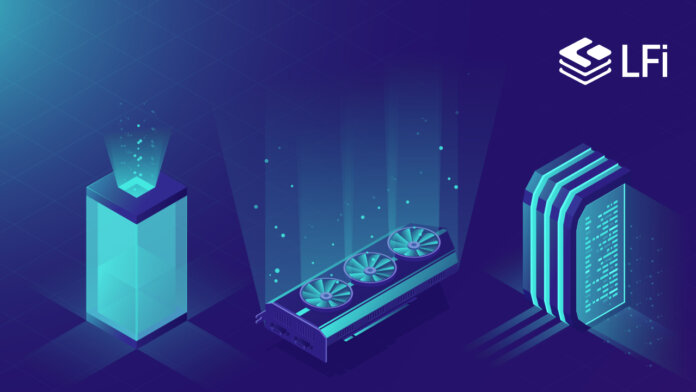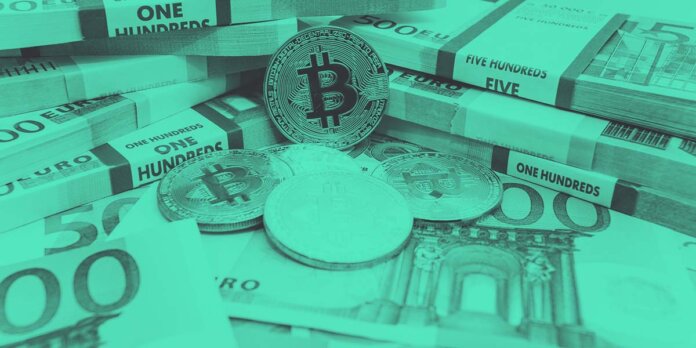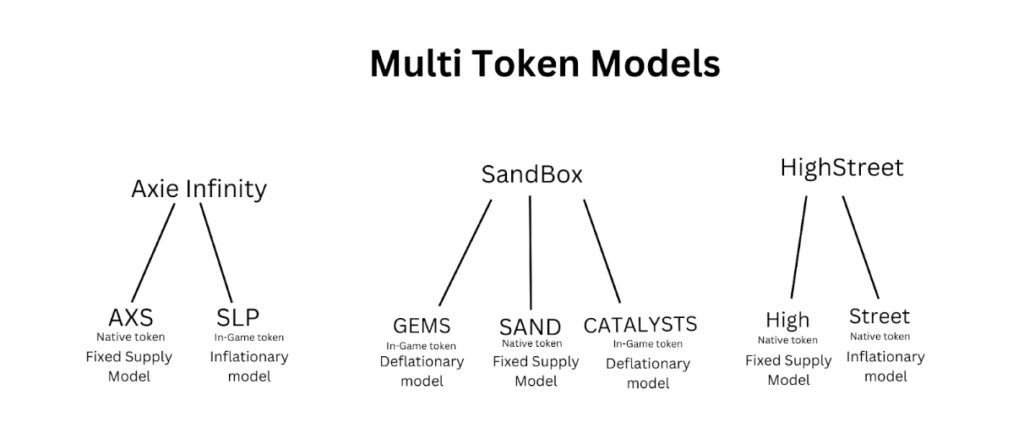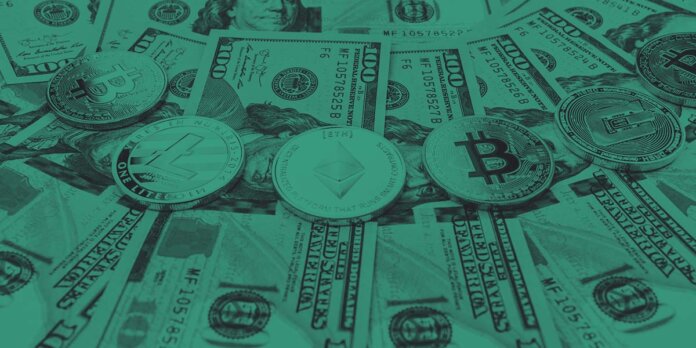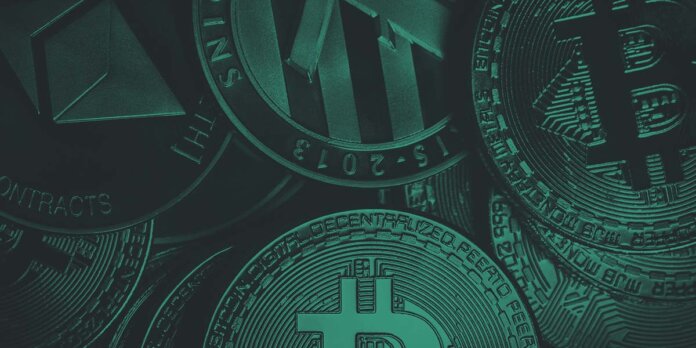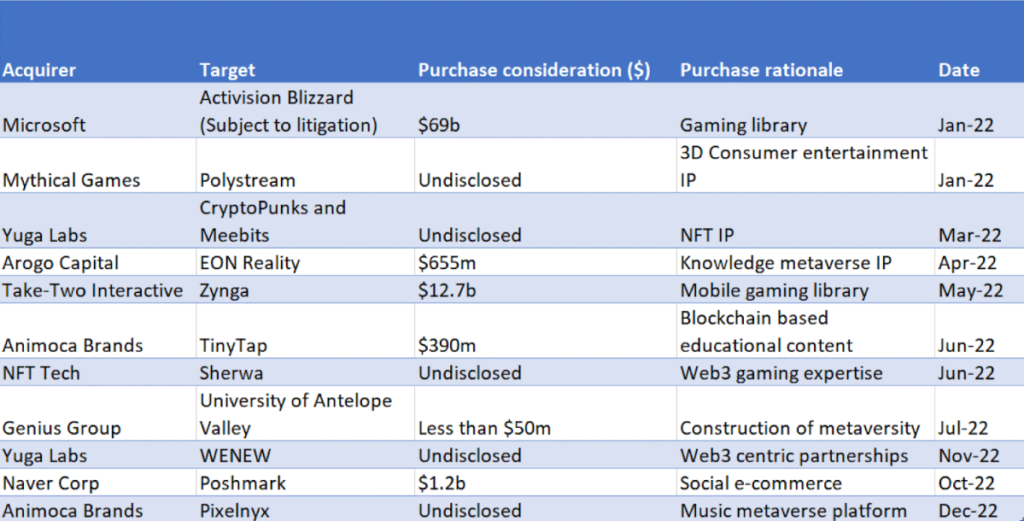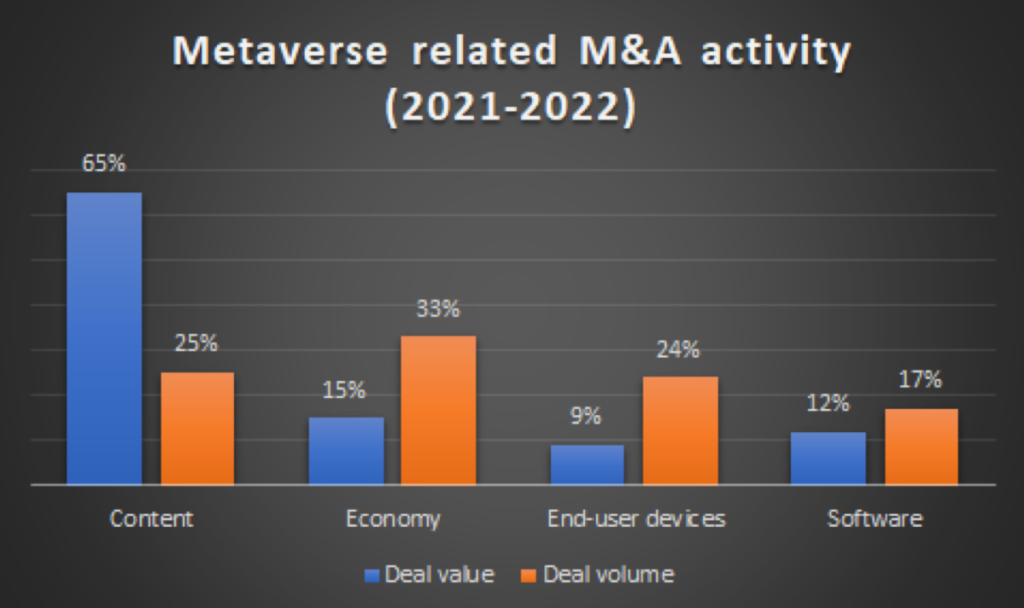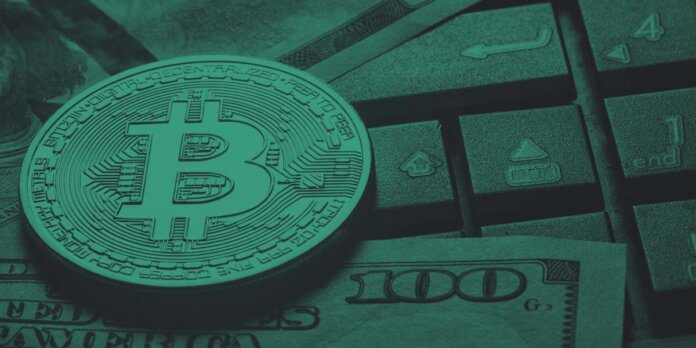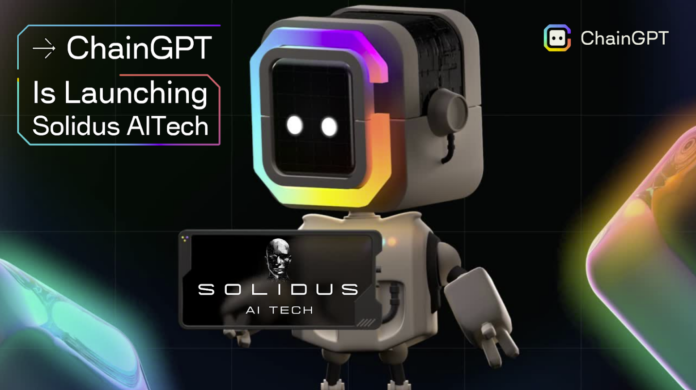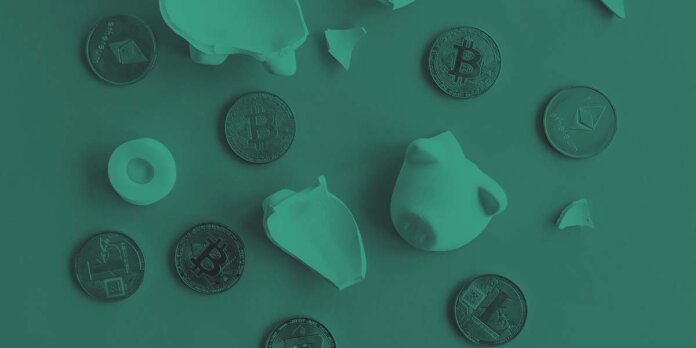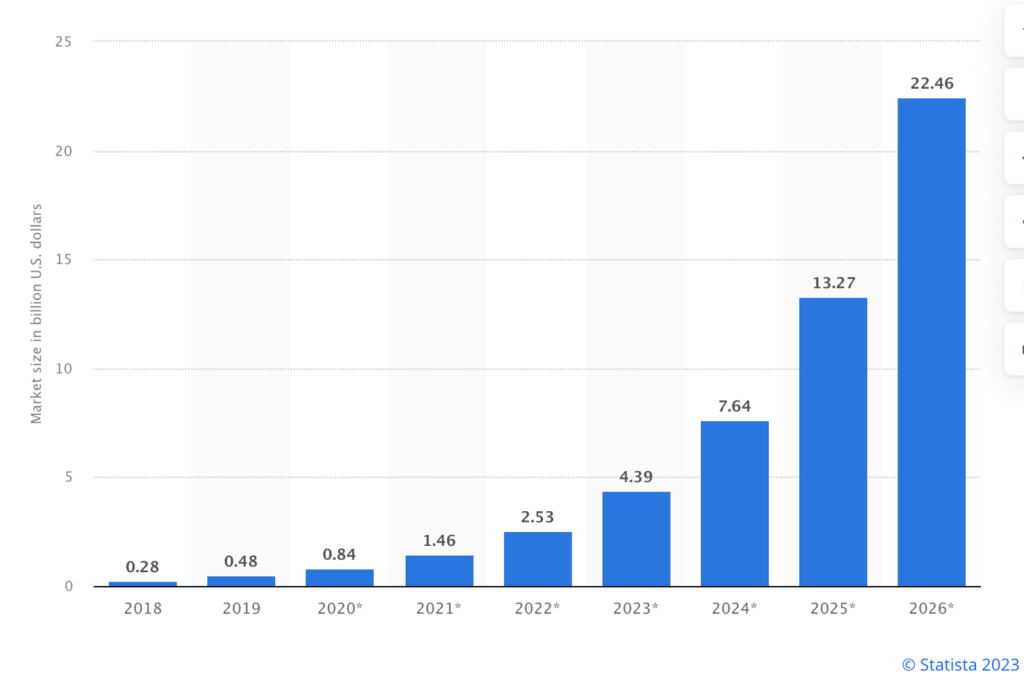In the fast-evolving world of cryptocurrency, token minting has traditionally been perceived as a complex and intimidating process, accessible only to tech-savvy individuals. However, with the advent of xLFi Minters by LFi, this notion is about to change.
LFi, a trailblazer in the blockchain and fintech arena, is all set to launch a groundbreaking addition to its ecosystem – the xLFi Minters. These innovative hardware devices are designed to make token minting accessible and user-friendly for all, regardless of their experience level in the crypto space.
What is LFi Minting?
Before delving into the specifics of xLFi Minters, it’s essential to grasp the fundamentals of LFi Minting. While it shares similarities with traditional token mining, involving steps such as data verification, block generation, and recording authenticated information on a blockchain network, LFi Minting sets itself apart by leveraging the power of the Proof of Stake (PoS) consensus mechanism.
The PoS consensus mechanism – unlike traditional mining methods that rely on computational power – considers the amount of cryptocurrency an individual holds and is willing to “stake” or lock up as Minting utility Token. This decentralizes and enhances the security of the blockchain network while being energy-efficient.
The Function of Validators
In the world of cryptocurrency minting, validators play a pivotal role in confirming transactions, proposing new blocks, and ensuring the blockchain’s integrity. What makes this process truly remarkable is its decentralization, allowing virtually anyone interested in contributing to the blockchain’s security without the need for intermediaries.
This inclusive approach fosters a more accessible and democratic crypto ecosystem, eliminating the reliance on centralized regulatory authorities.
The Wide Range of Minting Solutions Offered by LFi
LFi understands that the path to financial freedom is a personal journey with diverse preferences and needs. Therefore, LFi offers three distinct methods for token minting:
- xLFi Minter: Designed to be straightforward and accessible, xLFi Minter is perfect for newcomers to the cryptocurrency space.
- CloudX Minting: A revolutionary system that simplifies and secures the minting of LFi tokens by allowing users to rent minting hardware in remote locations.
- LFi One Smartphone: This groundbreaking device is specifically designed to support crypto minting, making it a mobile gateway to the world of decentralized finance.
Introducing xLFi Minters
Now, let’s focus on the latest addition to LFi’s lineup – the xLFi Minters. These dedicated hardware devices come in five versions: xLFi 500, xLFi 1000, xLFi 5000, xLFi 10000, and xLFi VALIDATOR.
Each model is meticulously crafted to facilitate the minting of digital assets, allowing users to choose the one that aligns best with their preferences and requirements.
One of the standout features of xLFi Minters is their user-friendly setup process. Unlike many other cryptocurrency-related hardware devices that demand extensive technical know-how, xLFi Minters are designed to be hassle-free to install.
Even if you’re new to the crypto world, you can set up your xLFi Minter at home with ease. Once installed, the hardware minting process with LFi is initiated automatically, eliminating the need for complex configurations or constant monitoring.
While detailed information about the xLFi Minter’s features is yet to be unveiled, anticipation is building around this new addition to LFi’s suite of minting solutions. LFi is renowned for delivering innovative and user-focused solutions, and the xLFi Minters are expected to be no exception. LFi’s commitment to providing accessible tools for financial freedom is at the core of this new product.
Minting Redefined
As LFi continues to push the boundaries of financial innovation, the introduction of xLFi Minters represents a significant step towards democratizing the token minting process.
These user-friendly hardware devices empower individuals in the world of cryptocurrency, aligning perfectly with LFi’s core philosophy of decentralization and accessibility. The xLFi Minter is a game-changer, making token minting easy and accessible to all, regardless of their experience level.
Stay tuned for updates as this revolutionary technology transforms the crypto world.
About LFi
LFi is a technology company that aims to empower the global fintech movement with new and innovative offerings that combine cutting-edge hardware with next-generation software. Leveraging the power of advanced computing and blockchain technology, LFi seeks to realize a future of financial independence through integrated products and solutions.
Website 🔗 https://lfi.io/
Telegram | Twitter | Facebook | Instagram | Medium Blog | YouTube

